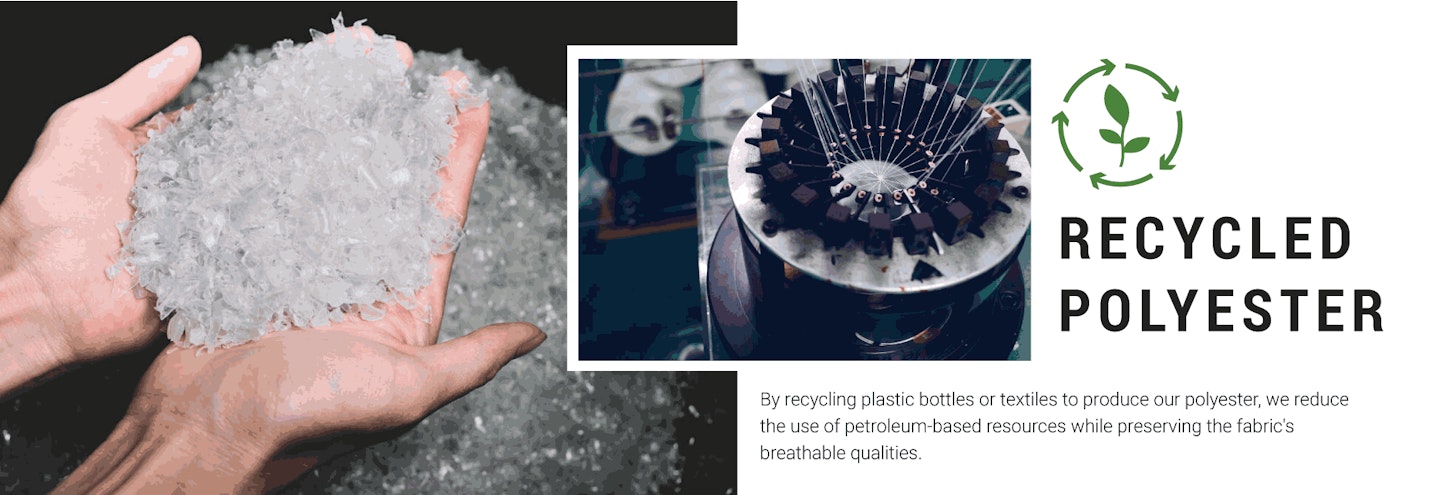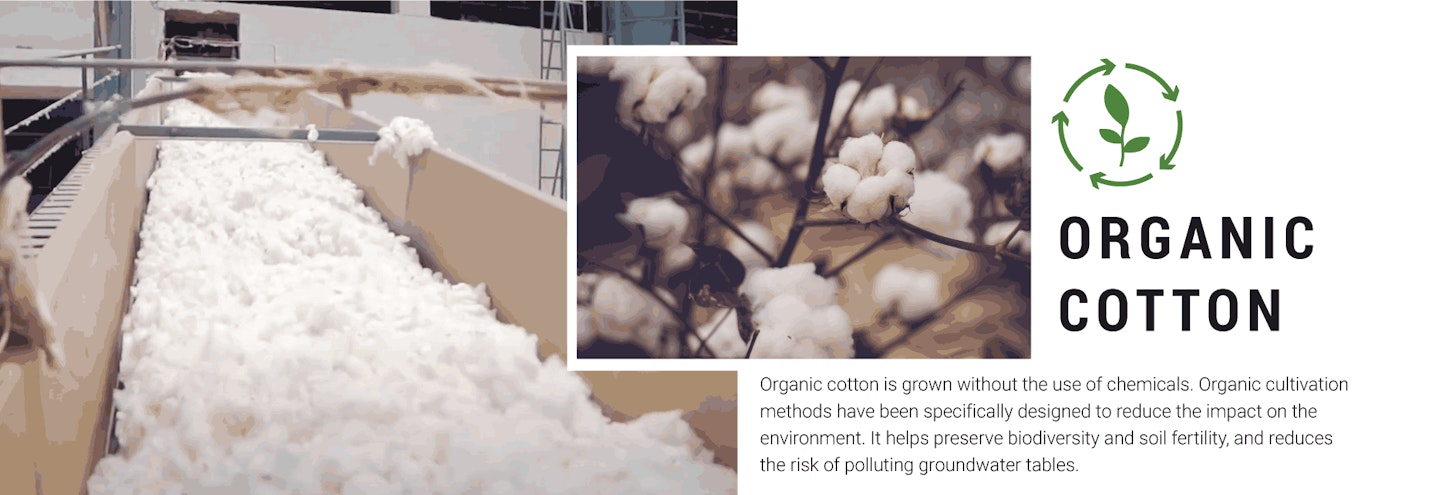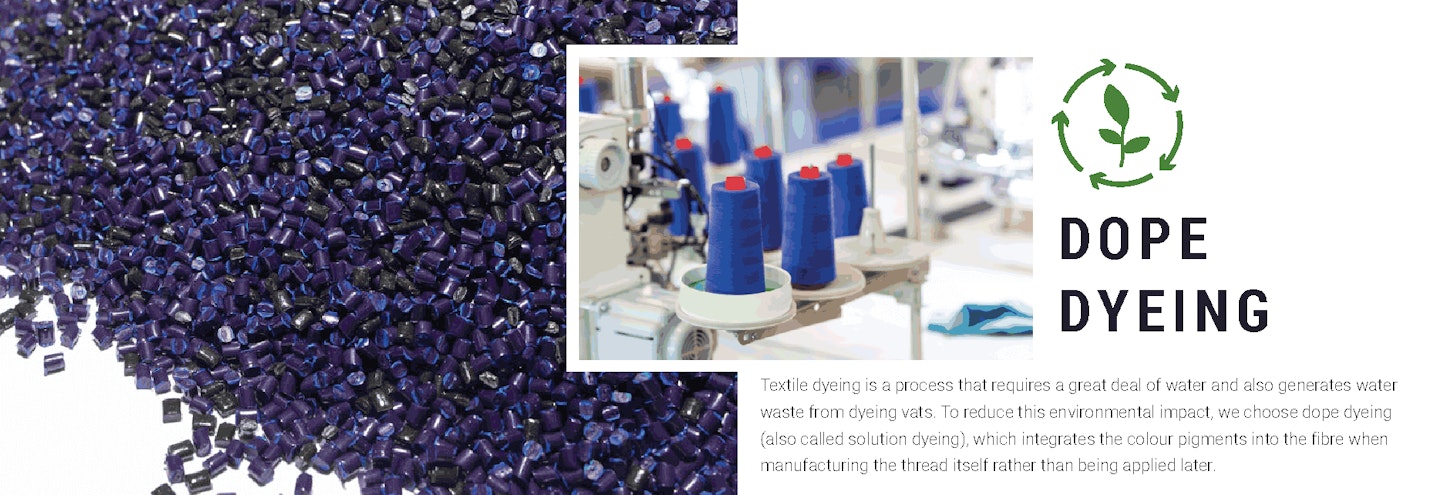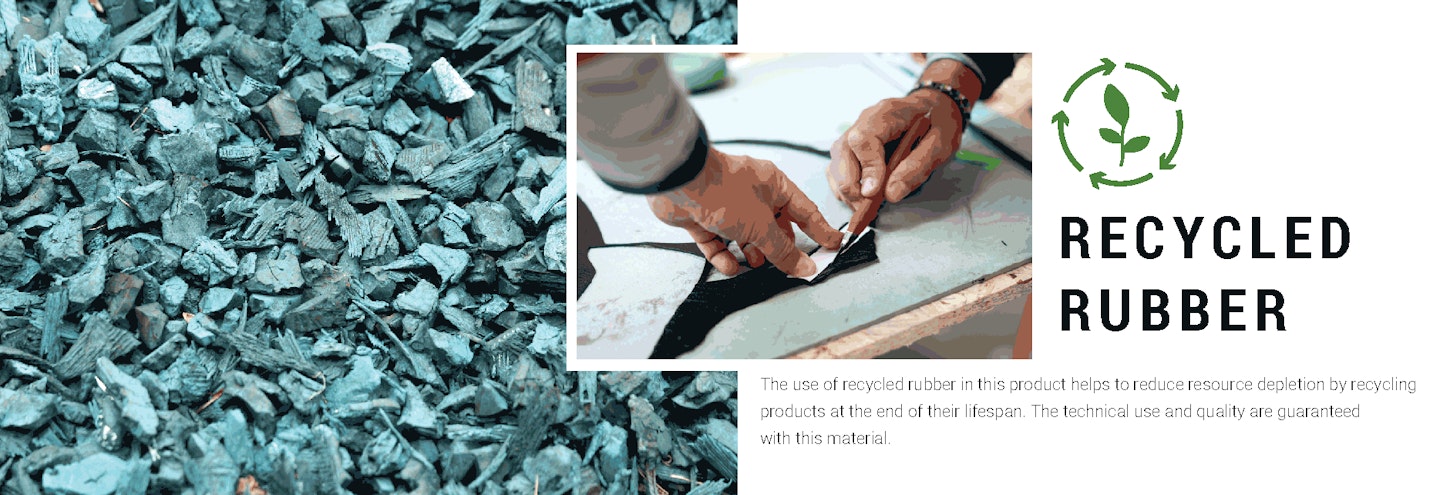
Here at Decathlon, we know that while it’s important that our products are accessible to the many, it’s vital that they are made in a way that minimises the impact they have on the environment. With every one of our eco designs, our expert teams are doing what they can to deliver the same quality sporting and active essentials our users expect, but with a focus on sustainability. This includes our renowned camping and outdoor range. There’s no point in creating products that encourage users to embrace nature, if in doing so we are destroying it.
In this article we’ll show you some of our eco-design methods and the part they play in some of our most loved camping and hiking products, and how they help protect our playground for future generations. of our most loved camping and hiking products, and how they help protect our playground for future generations.

Our Camping Equipment
We’ve always made it our goal to make our outdoor products as innovative and user friendly as possible, and recently we’ve been able to bring our eco-design techniques to the camping party without having to compromise on look or quality. A great example of this are the environmentally friendly dyeing techniques we use on some of our most popular camping products. The traditional dyeing process requires a great deal of water and also generates wastewater from dyeing vats. With the 2 Second Easy Fresh and Black’s groundsheet and blue part of this tent's flysheet , we used the dope dyeing technique, wherein we integrated the colour pigments into the fibre during the thread manufacturing stage. This was instead of applying the colouring during the earlier stages of dyeing processes. For the MH100 Camping Tent, we used the Biton process. Dyeing items requires a high temperature, which leads to a rise in CO2 emissions, making the whole process polluting. By dyeing only one thread instead of the two, the impact on the fabric is reduced, and far less water is used. With the MH100, we’ve managed to reduce our carbon emissions by 20%. The Biton process has also been used on the Folding Camping Kitchen Unit, showing how adaptable these techniques are, and how they can be used across our ranges.

Our Outdoor Clothing
When reconnecting with nature, the apparel you wear needs to be comfortable and durable. But why can’t it also be done in a sustainable fashion? From clothing to shoes, we are always looking for new ways to create eco designed gear that goes the distance. When we made the NH500 Off-Road Hiking shoes, we used a material called Nubuck. This soft silky leather comes from waste from the food industry, not cows bred specifically for this purpose. These shoes are also dope dyed.

Our MH550 convertible mountain walking trousers from Quechua are designed to optimise the weight and consumption of the material, which in turn reduces the carbon footprint of the CO2 impact of this product by 24% compared to the previous model.
So as you can see, we are doing what we can to get you outdoors, in a way that’s kinder to the outdoors.

.png?ar=16%3A9&fit=crop&crop=top&auto=format&w=1440&q=80)